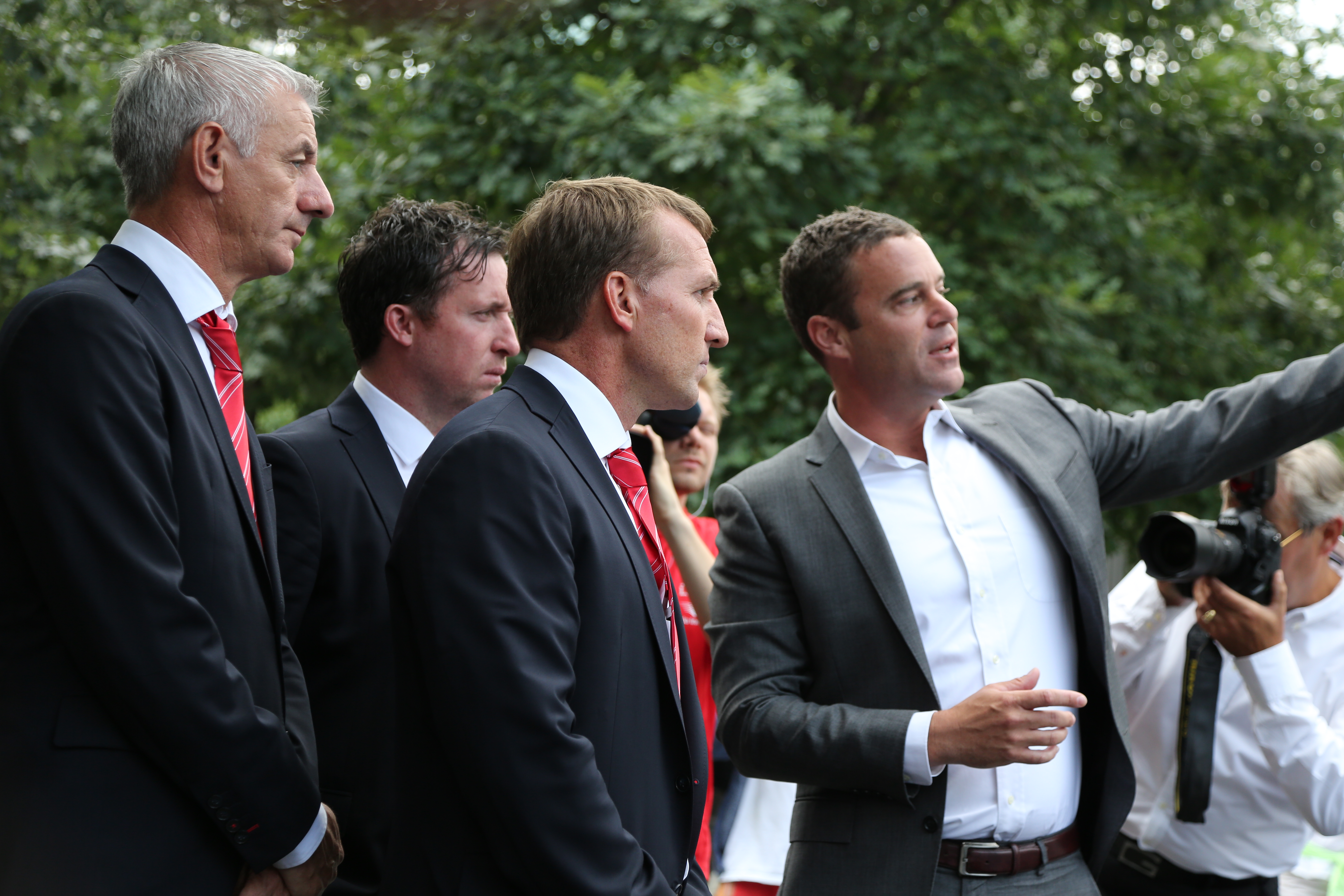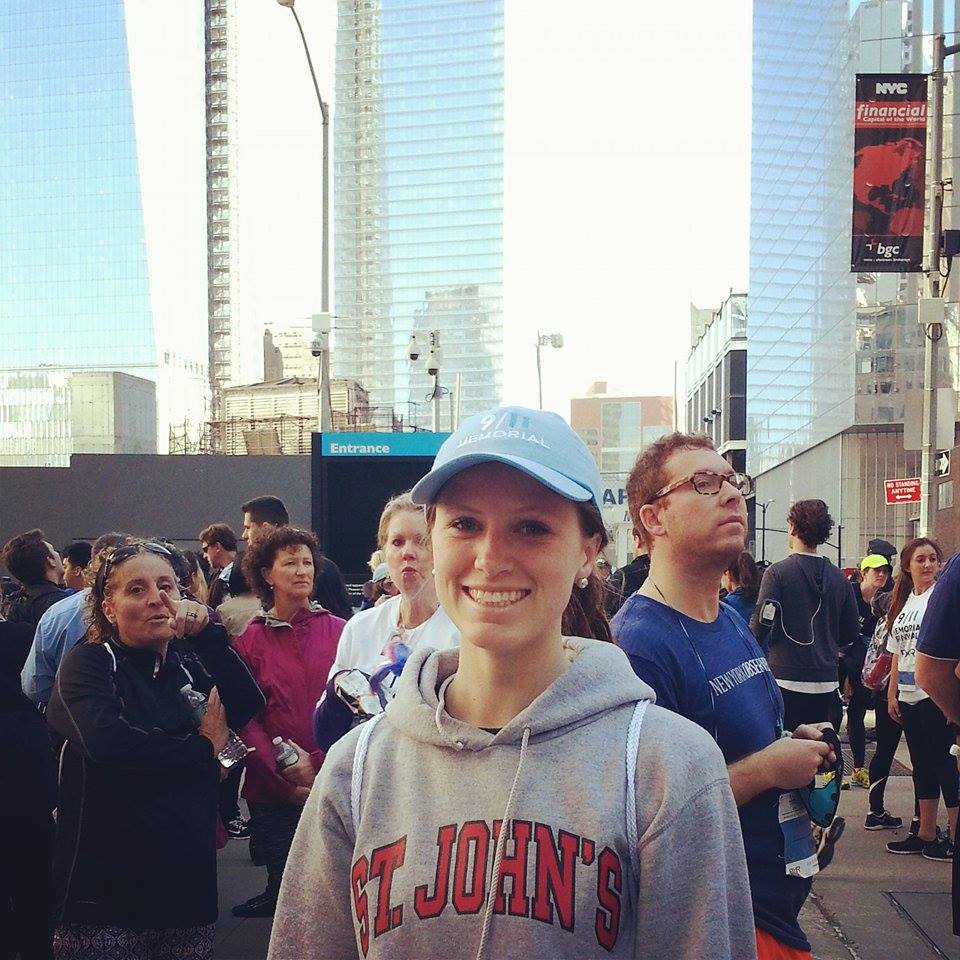Chief Curator Jan Ramirez Reflects on Journey to 9/11 Memorial Museum
Chief Curator Jan Ramirez Reflects on Journey to 9/11 Memorial Museum

Jan Seidler Ramirez was brought on as the 9/11 Memorial Museum’s Chief Curator in 2006, but her collection of September 11th content began five years earlier, only a few hours after the attacks.
As news of the first plane crash broke in her office that Tuesday morning and employees turned to their computers for more information, the screens began to freeze on the image of the North Tower in flames.
One of Ramirez’s colleagues, a Battery Park resident, was panic-stricken, frantically unaware of her husband’s whereabouts. Sometime that afternoon, he walked unannounced into their building and up to their office, coated in dust and debris. He set a dust mask on Ramirez’s desk.
“He had just walked through hell,” Ramirez said. “He said something like, ‘I don’t know what this all means yet, but consider this your first artifact donation.’”
Then the museum director of the New-York Historical Society, Ramirez had been working on an initiative with a focus on 20th-century content. Later, that dust mask was accessioned into the Society’s 21st-century collection.
When plans to build a museum were later cemented, Ramirez was serving as a consultant to the Lower Manhattan Development Corporation’s curatorial front team, Howard + Revis Design. Beyond the raw site itself and the artifacts that the Port Authority had preserved at JFK Airport’s Hangar 17, vast possibility loomed.
“It was intellectually adventurous to say that we were going to collect across all formats,” she says. “9/11 was an event that penetrated all the ways that humans express themselves—phone calls, art, artifacts, eyewitnesses, aftermath, oral histories.”
Dealing with a nontraditional donor population, Ramirez says, has been a great challenge.
“We had to wait for families and first responders to feel that the personal story they had would have greater consequence shared in a public setting—and only they could determine when they were ready to do that,” she said. “Patience was a virtue.”
Now that the Museum has opened, some might assume that the majority of her work is finished. In reality, it’s only just begun.
Because many artists have only recently begun to process Sept. 11 and its repercussions, she explains, a certain inevitable naïveté accompanies the curating of reactionary artwork. The advent of an Artists Registry, which accepts and provides public access to a wide range of creative 9/11 response pieces, has proven tremendously valuable in this regard.
“There was such a phenomenal crate of response to 9/11,” Ramirez says. “So many people felt prompted to do something—quilting or painting or collaborative music-making. We certainly couldn’t accommodate it all, but we could design and have a very kind of democratic site where people can self-identify as artists. It’s always growing, and we’re always getting more submissions.”
And as visitors see how Sept. 11, 2001 has been memorialized, they realize that they, too, wish to contribute artifacts or artwork to the Museum. The Collections team continues to field an enormous amount of interesting donation offers.
Closure, Ramirez admits, is a word you’ll be hard-pressed to hear in this organization, where new information and content unfurl daily.
“History doesn’t work that tidily,” she says.
By Jennifer Finn, 9/11 Memorial Communications and Digital Media Intern
Previous Post
Liverpool Soccer Players Honor 9/11, Visit Museum

Four members of the Liverpool Football Club – including professional soccer coaches, managers and former players – visited the 9/11 Memorial Museum on Thursday.
Next Post
Local College Student Gives Back to Her City

“It was a weird day at school,” recalls Visitor Services Volunteer Maggie Jacobsen, who was among the many students in her third grade class to be picked up early on Sept. 11, 2001.